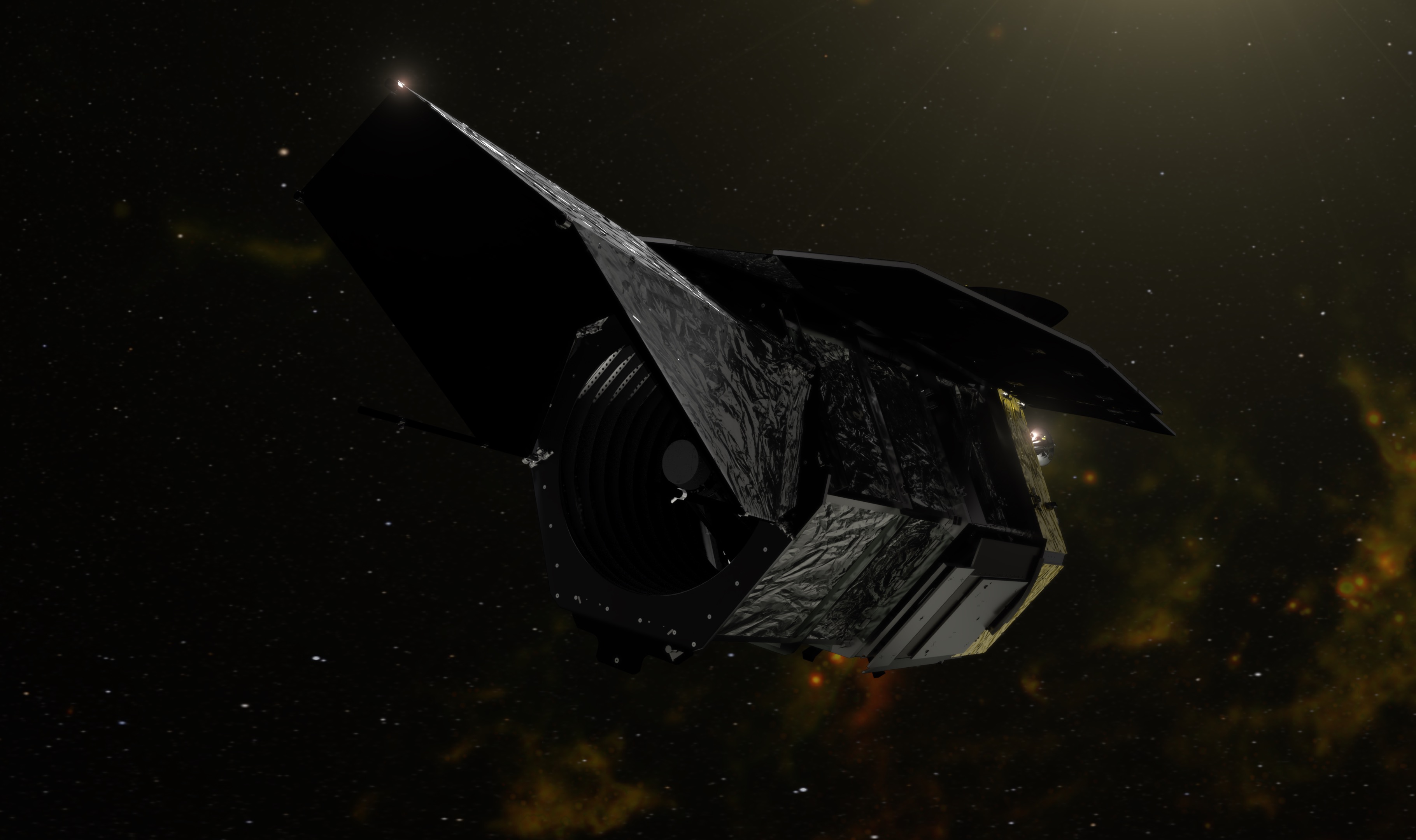A billion-dollar space telescope that could answer some of the biggest questions in the universe is nearly ready to launch. However, reports say the Trump administration’s 2026 budget draft proposes cutting funding for NASA’s Nancy Grace Roman Space Telescope, despite the mission being almost finished, under budget, and ahead of schedule.
The Roman Space Telescope has been years in the making. Slated for launch as early as fall 2026, the $3.5 billion mission is designed to explore dark energy, locate exoplanets, and conduct massive surveys of the universe in infrared light. Scientists describe it as “200 Hubbles” thanks to its enormous field of view and Hubble-quality resolution.
Roman would complement the James Webb Space Telescope (JWST), not duplicate it, and help build a clearer picture of how the cosmos evolves, starting with giving us a better understanding of dark energy.
JWST has already changed how we think about the early universe. Roman could multiply that impact. With its unique design and cutting-edge technology, including a starlight-blocking coronagraph to observe exoplanets directly, Roman could bring us closer to answering whether life exists elsewhere in the galaxy.
Yet, according to a leaked draft of the president’s 2026 budget, the administration wants to scrap it entirely. The document slashes NASA’s astrophysics division by two-thirds and specifies that “no funding is provided” for any telescope outside of JWST and Hubble. Roman, already assembled and undergoing final tests, is on the chopping block.
This isn’t the first time the Trump administration has tried to kill Roman—it’s the fourth. But past efforts failed thanks to bipartisan support in Congress, and many scientists and lawmakers are hopeful this latest attempt will be reversed as well.
Still, the proposal has rattled the scientific community. Roman is seen as essential to the next decade of space exploration. Beyond its science, it also serves as a prototype for NASA’s future Habitable Worlds Observatory, designed to detect signs of life in alien atmospheres.
The Roman Space Telescope is more than just a piece of hardware. It represents decades of planning, collaboration, and discovery. To throw that away now, after all the work is done, wouldn’t just be a financial loss. It would be a blow to humanity’s drive to understand the universe and our place in it.
Canceling the Nancy Grace Roman Space Telescope would mean walking away from one of the most ambitious scientific instruments ever built, just before it takes flight. Further, this budget—if approved—would do more than just kill off Roman, it would also cut into ongoing missions to help us understand our climate, and kill NASA’s upcoming mission to Venus.
There’s no easy way to put this. If this budget goes through, it won’t usher in a “golden age” of science like some say it will. It will just be another hit to American-driven science endeavors, and a massive shot to our attempts to fight climate change, something the Trump administration is awfully fond of going after.










